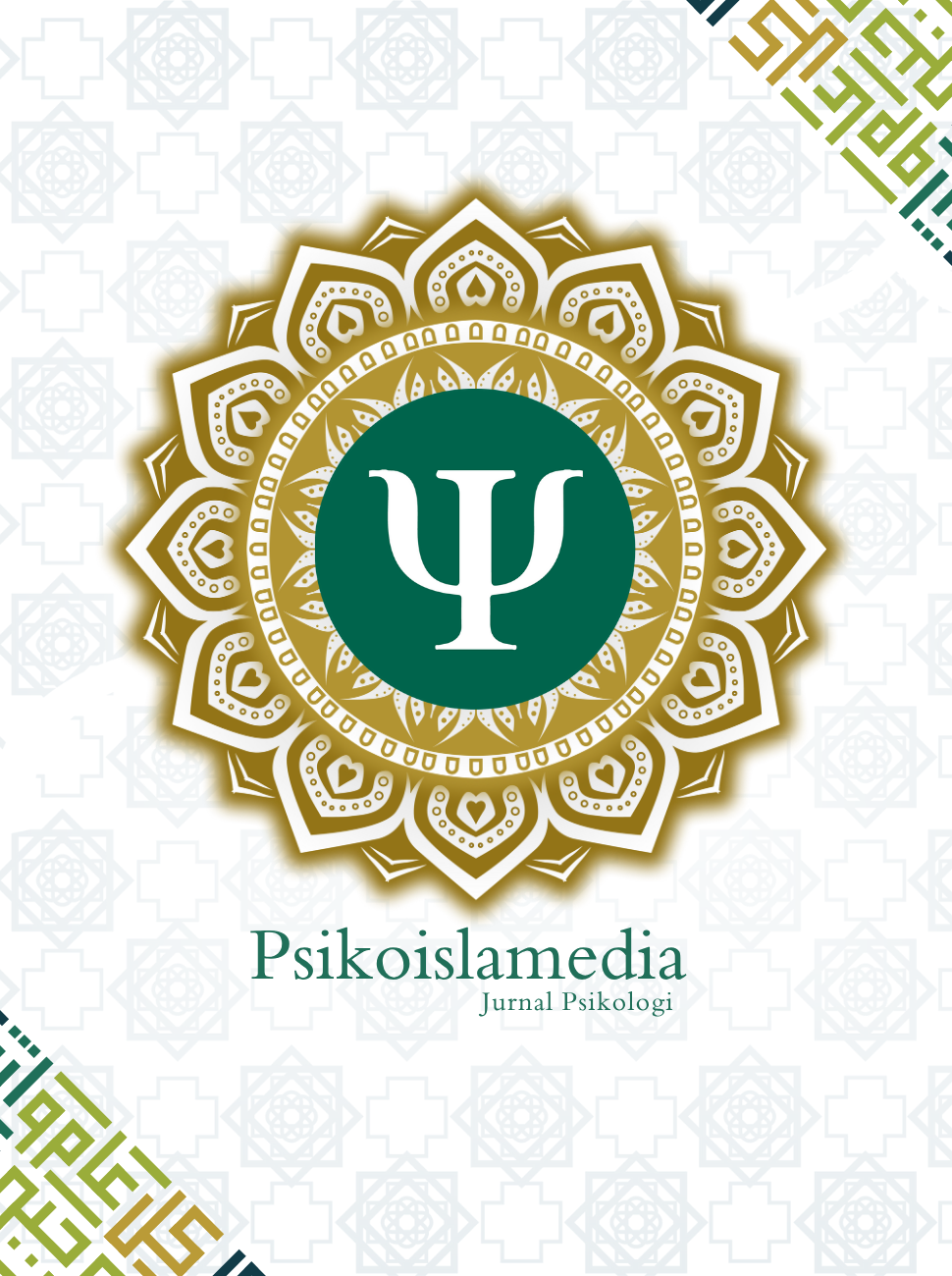THE RELATIONSHIP BETWEEN RELIGIOSITY AND EMOTIONAL REGULATION IN HIGH SCHOOL (SMA) STUDENTS IN BANDA ACEH
DOI:
https://doi.org/10.22373/psikoislamedia.v9i1.22608Keywords:
Relationship, Religiosity, Emotional Regulation, StudentsAbstract
Emotional regulation is a way to assess, deal with, manage and express emotions in certain situations. The factor that influences emotional regulation in individuals is religiosity. A person who has religiosity involves religion in behaving and taking action, so that it has an effect on controlling his emotions. This research aims to describe religiosity and emotional regulation, as well as to see the relationship between religiosity and emotional regulation in high school students. Research respondents involved 364 students selected from five high schools in Banda Aceh City. Samples were collected using random sampling techniques with the Slovin formula, data collection used a Likert scale of religiosity and emotional regulation. The research results show that the correlation coefficient (r) between the variables studied is 0.721, which indicates a strong correlation between religiosity and emotional regulation. This finding can be interpreted as the higher the religiosity, the higher the student's emotional regulation and vice versa.
Downloads
Additional Files
Published
Issue
Section
License
Authors who publish in this Journal agree to the following terms:
- Authors retain copyright and grant the journal right of first publication with the work simultaneously licensed under Attribution-ShareAlike 4.0 International (CC BY-SA 4.0) allows others to share the work with an acknowledgment of the work's authorship and initial publication in this journal.
- Authors are able to enter into separate, additional contractual arrangements for the non-exclusive distribution of the journal's published version of the work (e.g., post it to an institutional repository or publish it in a book), with an acknowledgment of its initial publication in this journal.
- Authors are permitted and encouraged to post their work online (e.g., in institutional repositories or on their website) prior to and during the submission process, as it can lead to productive exchanges, as well as earlier and greater citation of published work. (See The Effect of Open Acces)














